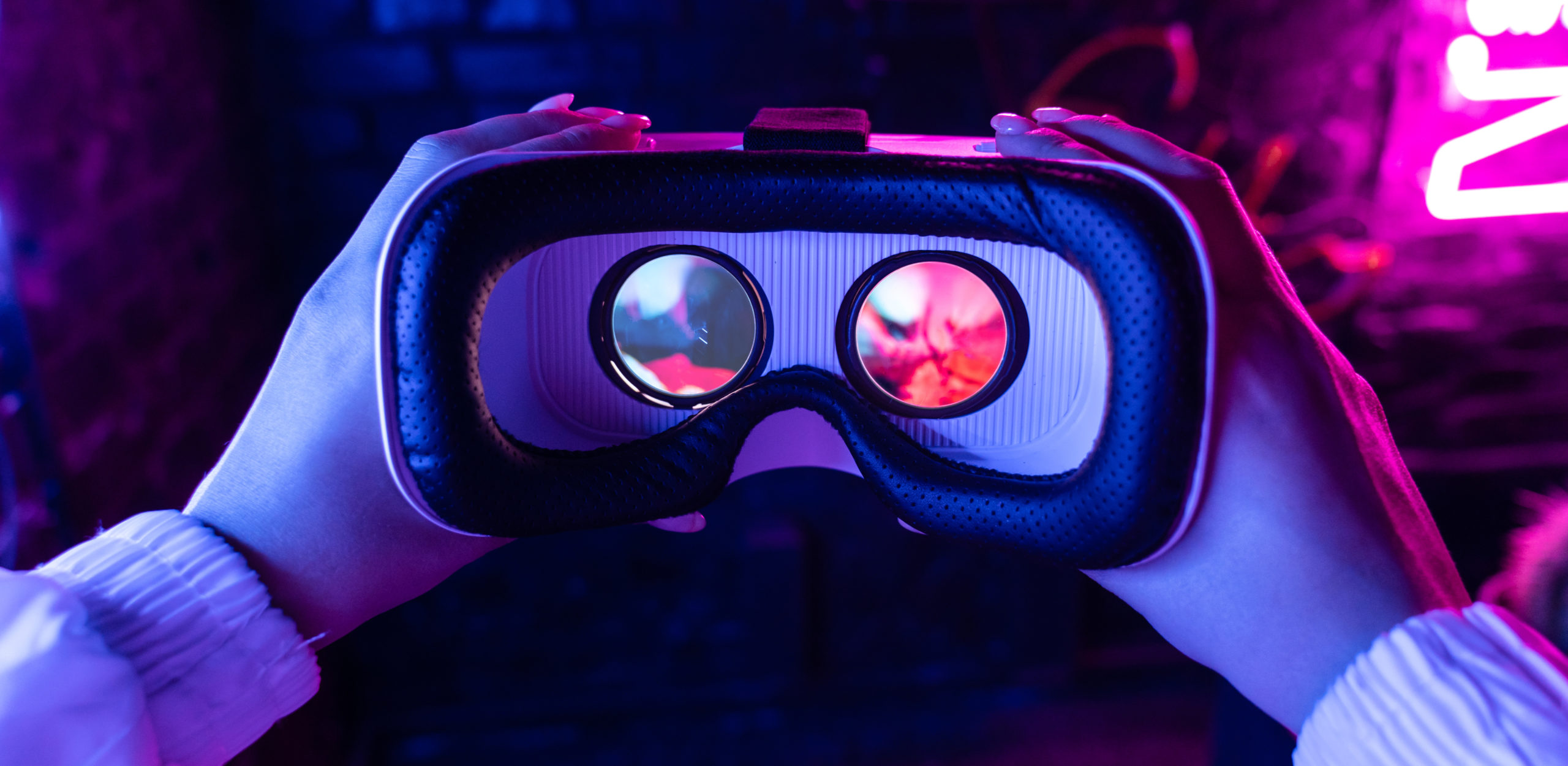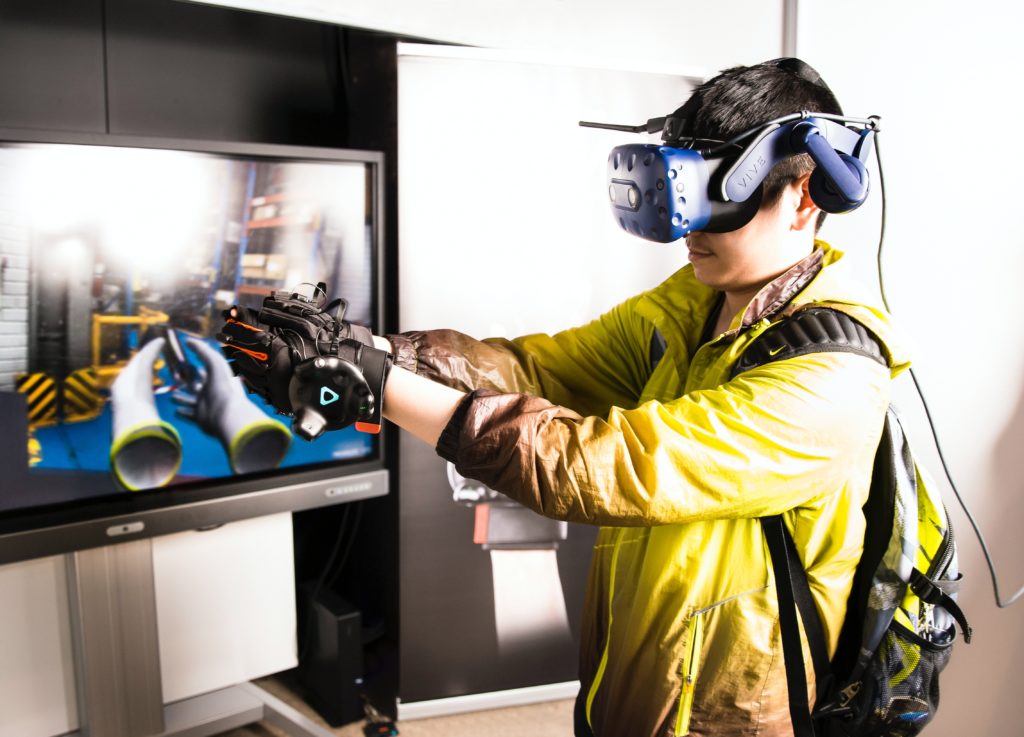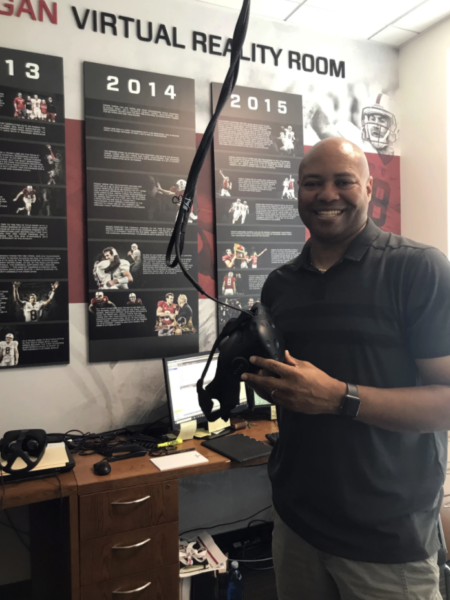
Virtual Reality in Virtual Training (Part 1)
March 10, 2021
People have been talking about virtual reality coming to virtual training for years now. (We’ve even blogged about it)
So where is it?
Sure, we’ve all seen the compelling use cases in law enforcement and the military. But what about elsewhere?
In 2019, NPR ran a story on how Walmart is currently using VR to train one million employees. In fact, VR has slowly made its way into the worker training programs at all kinds of businesses. Airlines are using it to teach mechanics how to repair planes. Retail outlets are using it to teach workers how to better service customers and even handle armed robberies. From food processing to financial services, VR is making its mark on virtual training.
“The sensory immersion is key to its effectiveness. Because things look and sound as if they were real, the brain processes virtual reality as though it were a real experience,” says Stanford communication professor Jeremy Bailenson, who also founded the school’s Virtual Human Interaction Lab. “People learn by doing … getting feedback on mistakes, and then repeating and iterating,” he says.

Not every workplace situation is conducive to virtual reality training. Some tactile skills, for example, are better experienced in real life. But the technology is especially useful for training people for novel or emergency situations.
Verizon, for example, has been using the technology to train its retail workers in handling armed robberies — a common crime in the wireless industry. Retail workers can reenact being held at gunpoint, and in the process learn proper ways to prioritize safety and minimize physical harm.
Feeling like they’re at gunpoint creates a real stress response without putting employees in danger. Verizon employees who survived robberies say the video version is true to life, according to Lou Tedrick, who heads the company’s learning and development. “The emotions that they felt during the robbery experience they feel during the VR experience,” she says.
That realism, she says, makes them better prepared and more likely to remember the lessons. “By the end of the [virtual reality] experience they feel like they’ve been robbed three times, and by the third time their confidence is significantly higher,” Tedrick says.
The concept for VR training started as a project in Bailenson’s lab at Stanford. Its first real-world application took place nearby, on the school’s football fields.
Over six years ago, Stanford head football coach David Shaw tested an early prototype of 3D video goggles with his quarterbacks and defensive linemen. Players could look around and feel as though the moves were unfolding in real life.
“This crazy thing happens when guys get in the VR — usually within 10 minutes, most of them start to sweat,” despite the fact that they’re barely moving in real life, Shaw says. “But their brain is seeing these visuals, these different formations and motions and plays and defenses. The more they see them, the quicker they react.”In this way, players could do reps — or repeated practice plays — without being on a field, on their own time. In 2016, two years after starting VR training, Stanford won the Rose Bowl, and Shaw says he thinks it helped the team win. The technology has spread to the NBA, NFL, Olympic skiers and other elite athletes.
The early prototype Shaw used became the basis of Strivr, one of several companies using VR in training.

David Shaw Source: Yuki Noguchi / NPR
Stay tuned for the next part in the series! In the meantime, contact CoSo Cloud to learn how we can help enhance your virtual training experience!











